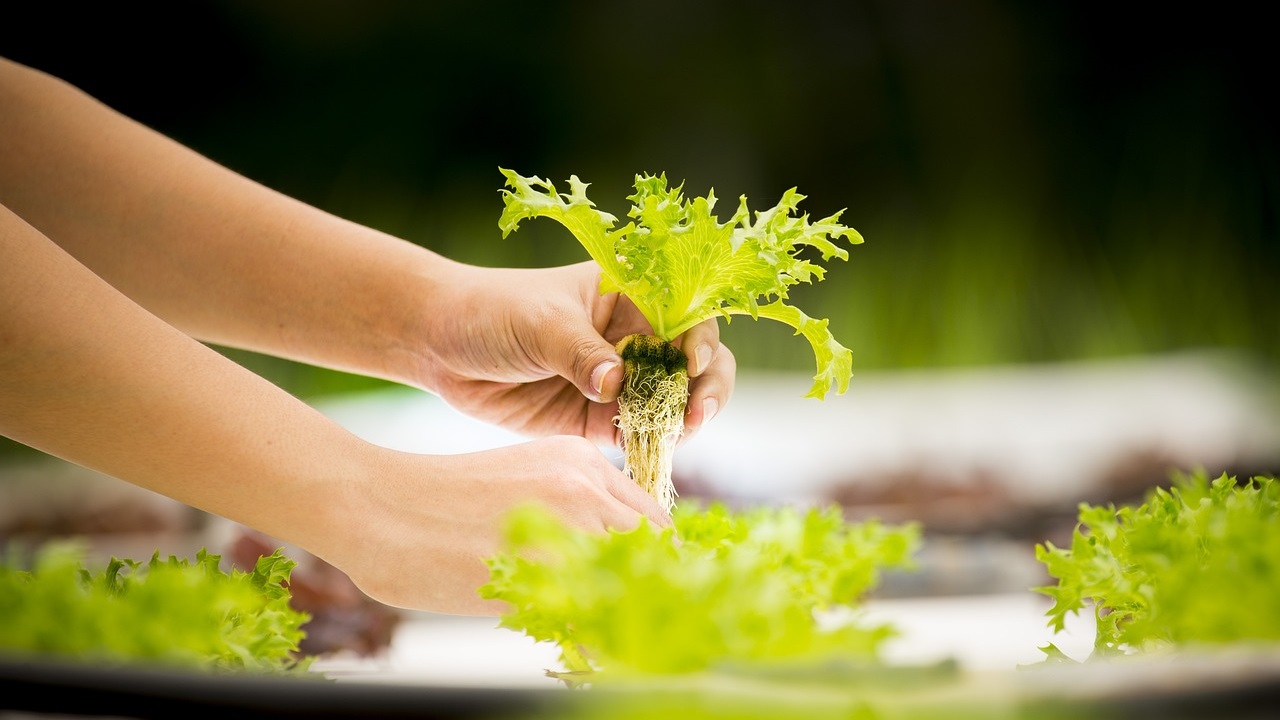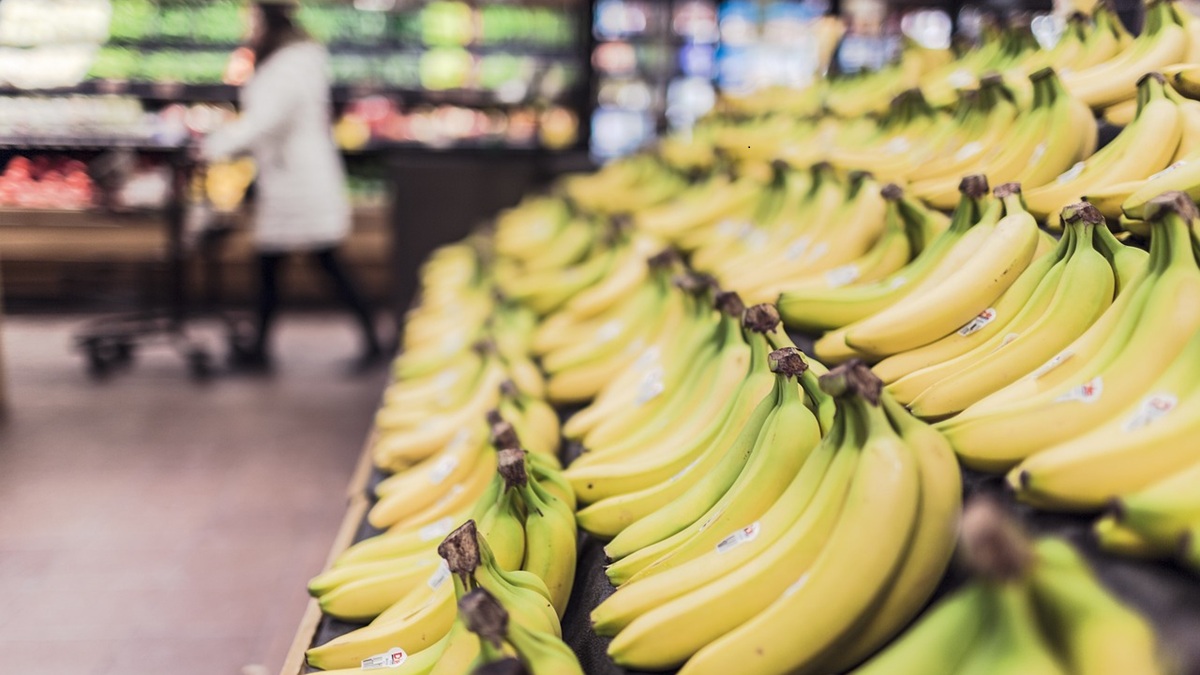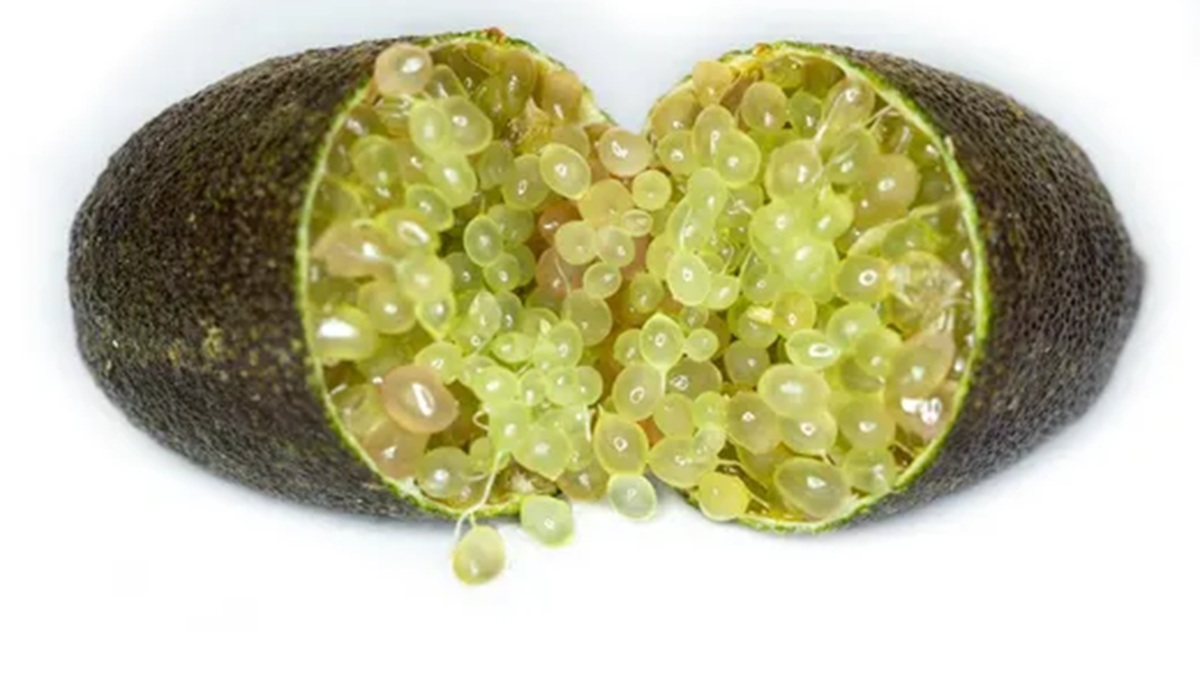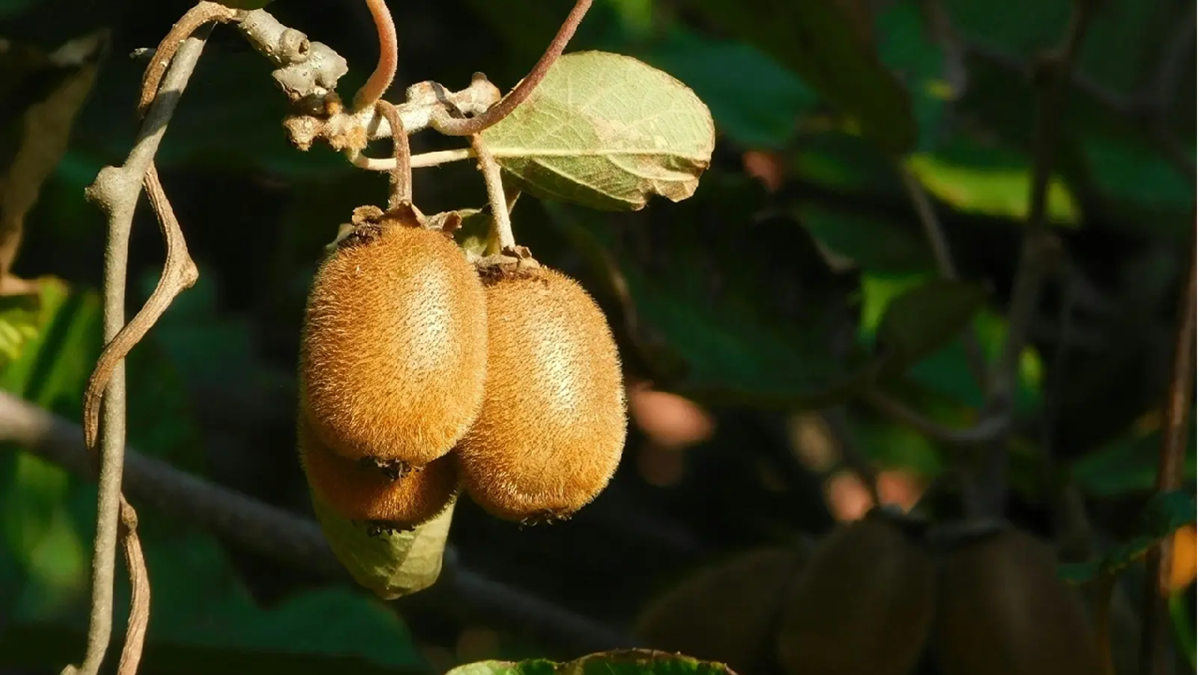News
Project looks at pathogen risks, sanitation for controlled environment agriculture
CEA pathogen study led by Dr. Ana Allende aims to enhance sanitation, reduce risks, and provides promising results for the controlled agriculture industry

Controlled environment agriculture(CEA) continues to grow in popularity worldwide, but little research has been conducted into potential pathogen risks and sanitation practices.
Ana Allende, Ph.D., with the CEBAS-CSIC in Spain, is leading a project to fill the void and provide the industry with science-based information on which they can develop risk-reduction and sanitation programs. She said:
“This project should bring some new data never before provided. It has a focus on analysis of the risk factors and sampling points. It will give information on how the industry should move on testing, understanding the results, and in case it’s needed, control measures.”
CEA involves growing crops hydroponically, in artificial substrates or in soil under protective structures, such as high tunnels, greenhouses or vertical farms.
Although Allende and her team are conducting their research with three collaborating facilities in Spain, she said the resulting data and recommendations should be applicable to other sites in Europe and the United States. Their work also is focused on leafy greens but the information could be relevant to other crops, such as peppers, tomatoes and cucumbers, grown in protected environments.
Joining her in the project titled “Occurrence and transfer of pathogens from the production environment to leafy greens grown in controlled environment agriculture” are co-principal investigators Mabel Gil, Ph.D., and Pilar Truchado, Ph.D., both with the CEBAS-CSIC.
As part of the CPS-funded study, the researchers plan to sample three different CEA facilities during the spring, fall and winter growing seasons to determine whether different production practices and seasonality affect pathogen levels. Because of hot temperatures, many facilities shut down for a few to several weeks during the summer to clean and prepare for the next growing season.
Each collaborating CEA facility grows a different leafy green crop using a different production system — hydroponically in a water-based nutrient solution, in an artificial substrate or in soil.
With many of the growing and harvesting practices automated, CEA is more closely related to produce processing facilities than open-field production, Gil said. Water quality is tested regularly in both types of facilities.
But unlike processing plants that typically sanitize equipment daily and conduct deep cleaning weekly, she said CEA facility-wide sanitation is only performed during the summer shut-down period.
The researchers have completed two rounds of sampling and have only found a few Salmonella and Listeria monocytogenes positive samples. They plan to conduct a third sampling round later this winter.
Allende said:
“Up to now, we were not shocked — but surprised more so — about what we were finding. It was lower than what we would have expected, which is good news for the companies.”
Using whole-genome sequencing, the researchers further analyzed the samples to differentiate pathogen serotypes or strains.
Should the same sequence type be identified each time, it may mean a persistent pathogen population. But confirmation of different sequence types each sampling round may point to transient pathogens.
The researchers also intend to use the CEBAS-CSIC’s pilot greenhouse to map out traffic patterns from the indoor production facility to leafy greens. They’ll do so by inoculating workers’ boots and trolley wheels with DNA bar-coded non-infectious surrogate organisms. After a regular work day, they’ll sample various surfaces and correlate surrogate organism recovery from the crop to potential contamination routes.
In addition, the researchers plan to assess the practicality of sanitation strategies implemented in the collaborating CEA facilities against Salmonella and Listeria. As part of that, they’ll conduct observational studies to determine the efficacy of different sanitation programs against different contamination scenarios such as transient or persistent pathogens.
Allende 2023 Symposium Poster.pdf
Learn more about Dr. Allende's research at the 2024 CPS Research Symposium. Check out all CPS funded research - HERE.












